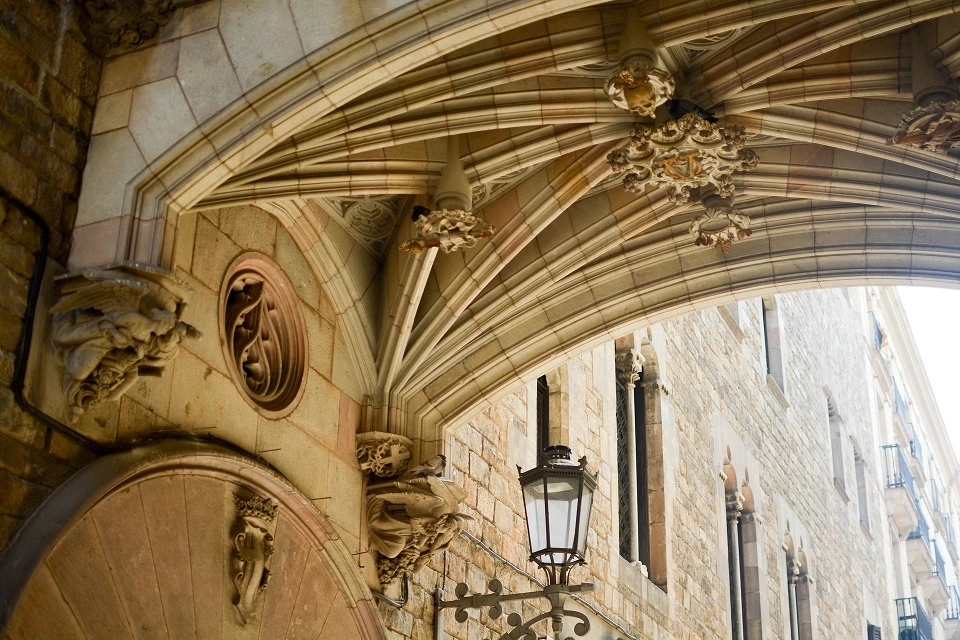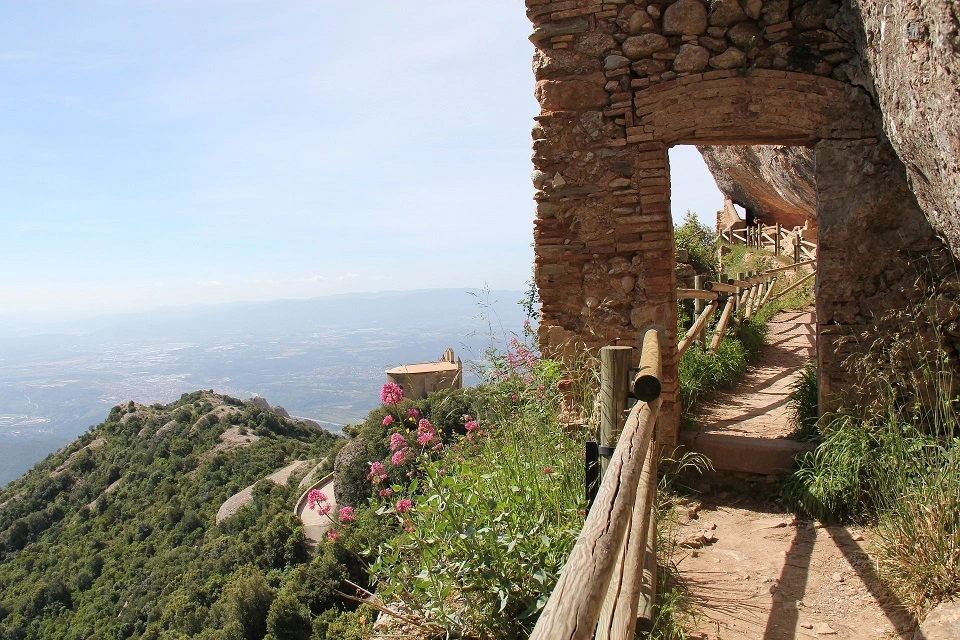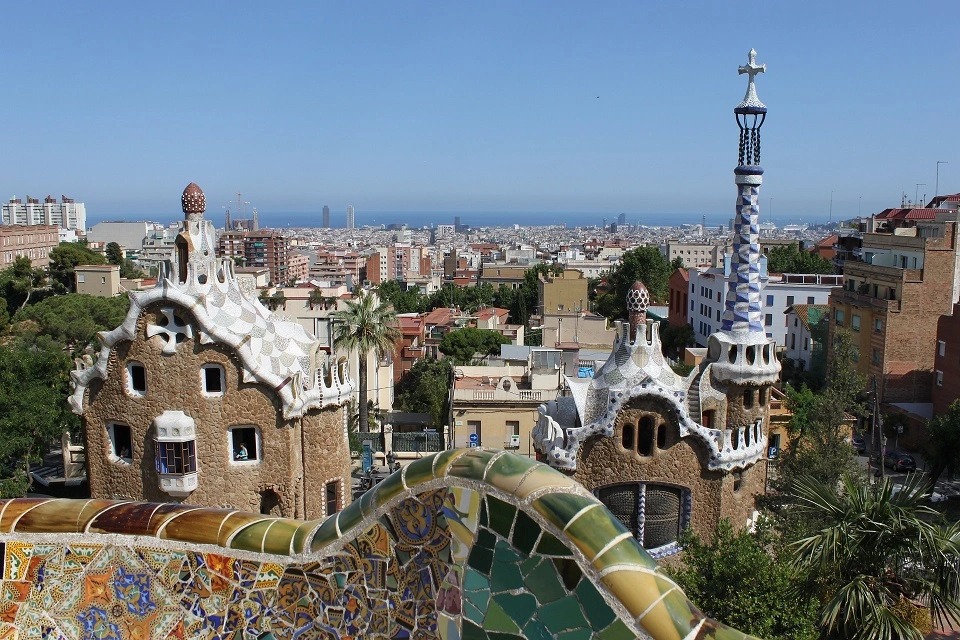The Gothic Quarter, known as Barri Gòtic in Catalan, is one of the most fascinating areas of Barcelona. It is a place where history and modern life coexist. This historic neighborhood is located in the heart of the old city. It stretches from La Rambla to Via Laietana, and from the Mediterranean seafront to the Ronda de Sant Pere. Walking through its narrow, winding streets feels like stepping back in time. The Gothic Quarter is a treasure trove of historical landmarks, vibrant squares, and cultural hotspots.
Historical Background
The Gothic Quarter’s history dates back to Roman times. It was the original site of the Roman village of Barcino. Many remnants of this ancient era still remain. Medieval buildings and structures from the 19th and early 20th centuries add to the neighborhood’s charm. The area was substantially renovated for the 1929 International Exposition, emphasizing its medieval character.
Key Landmarks and Attractions
Barcelona Cathedral (La Seu). The Barcelona Cathedral, officially known as the Cathedral of the Holy Cross and Saint Eulalia, is a stunning example of Gothic architecture. Construction began in the 13th century and concluded in the 15th century. Its façade, however, was completed in the 19th century. Visitors can explore its magnificent interior, rooftop, and cloister. The cloister is home to 13 white geese, symbolizing Saint Eulalia’s age at her martyrdom.
Basilica of Santa Maria del Pi. This impressive Gothic church dates back to the 14th century. It is known for its large rose window and the massive bell tower. The basilica’s interior is spacious and serene, offering a peaceful escape from the bustling streets.
Carrer del Bisbe. Carrer del Bisbe is one of the most picturesque streets in the Gothic Quarter. The street is famous for the Pont del Bisbe, a neo-Gothic bridge connecting the Palau de la Generalitat with the Casa dels Canonges. This bridge, built in 1928, is an iconic photo spot.
Museu d’Història de Barcelona. (MUHBA) The Museum of the History of Barcelona offers a journey through the city’s past. It includes Roman ruins and medieval artifacts. Visitors can explore the underground remains of Roman Barcino and learn about Barcelona’s development over the centuries.
El Call. El Call was the medieval Jewish quarter of Barcelona. It is a maze of narrow streets with a rich history. Visitors can explore the remnants of Jewish life in medieval Barcelona. The Centre d’Interpretació del Call provides insights into this vibrant community.
Roman Walls. Parts of the Roman walls that once protected Barcino are still visible in the Gothic Quarter. These ancient walls offer a glimpse into the city’s Roman past. They are integrated into the fabric of modern Barcelona, providing a striking contrast.
Squares in Gothic quarter
Plaça del Rei. Plaça del Rei is a hidden gem within the Gothic Quarter. It is surrounded by medieval buildings, including the Palau Reial Major, the former royal palace. The square hosts concerts and events, adding to its enchanting atmosphere.
Plaça Reial. Plaça Reial, or Royal Square, is one of the most beautiful squares in Barcelona. Located next to La Rambla, it features a stunning fountain and palm trees. The square is surrounded by neoclassical buildings and is home to many restaurants and bars. It is a vibrant spot both day and night.
Plaça Sant Jaume. Plaça Sant Jaume is the political heart of Barcelona. It hosts the Palau de la Generalitat, the seat of the Catalan government, and the City Hall. The square has been a central meeting point since Roman times. Today, it is the site of many public events and demonstrations.
Modern Life in the Gothic Quarter
Despite its historical roots, the Gothic Quarter is a lively and dynamic part of Barcelona. It is filled with trendy boutiques, cozy cafés, and vibrant nightlife. The area attracts both locals and tourists, creating a diverse and energetic atmosphere. Street performers, musicians, and artists add to the neighborhood’s charm. Every corner offers something new to discover.
Shopping and Dining
The Gothic Quarter is a paradise for shoppers and foodies. Boutique shops and artisan stores line the streets. Visitors can find unique souvenirs, handmade crafts, and local products. The neighborhood also boasts a wide range of dining options. From traditional Catalan tapas bars to international cuisine, there is something for every palate. Popular spots include Els 4Gats, a historic café once frequented by Picasso, and Can Culleretes, one of the oldest restaurants in Barcelona.
Gothic Quarter in Barcelona: Final thought
The Gothic Quarter is a must-visit for anyone traveling to Barcelona. Its rich history, stunning architecture, and vibrant atmosphere make it unique. Whether you’re exploring ancient Roman ruins, enjoying a meal in a historic square, or simply wandering through its charming streets, the Gothic Quarter offers an unforgettable experience. This neighborhood embodies the spirit of Barcelona, blending the past and present in a harmonious and captivating way.


